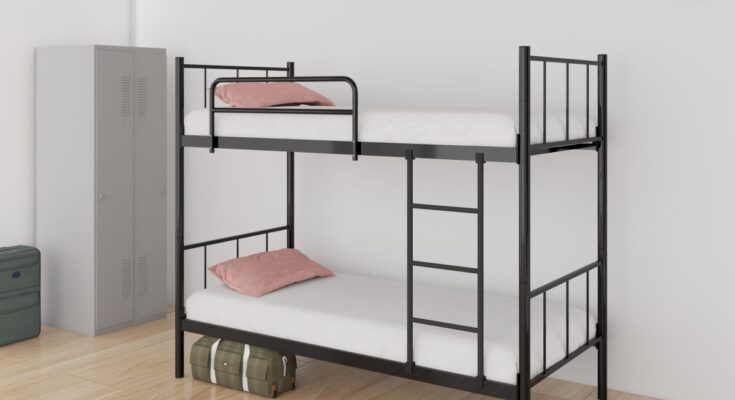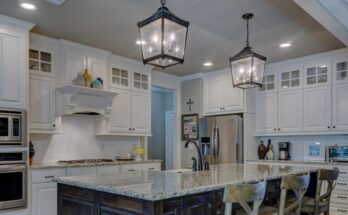When it comes to furnishing a home, especially children’s rooms or shared spaces, bunk beds are a popular and practical choice. However, the key to ensuring safety, durability, and aesthetic appeal lies in choosing the right manufacturer. Here’s a guide to help you identify reputable bunk bed manufacturers.
1. Research and Reviews: The Foundation of Your Search
Before making any purchase, it’s essential to do your homework. Start by:
- Online Reviews: Websites like Yelp, Google Reviews, and specialized furniture review sites can provide insights into other customers’ experiences.
- Testimonials: Check the manufacturer’s website for customer testimonials. While these can be curated, they still offer valuable feedback.
- Social Media: Platforms like Facebook, Instagram, and Twitter can also give a glimpse into customer satisfaction and the company’s interaction with its audience.
2. Certifications and Standards: Ensuring Safety and Quality
Safety is paramount, especially for bunk beds. Look for manufacturers that comply with recognized safety standards:
- CPSC Certification: In the USA, the Consumer Product Safety Commission sets standards for bunk beds. Ensure your manufacturer complies with these regulations.
- ISO Certification: International Standards Organization (ISO) certifications indicate that the manufacturer adheres to high-quality production standards.
- Green Certifications: If sustainability is important to you, look for certifications like GREENGUARD, which ensures the furniture is made with low chemical emissions.
3. Material Quality: The Backbone of Durability
The materials used in bunk beds play a significant role in their longevity and safety. Consider:
- Solid Wood: Beds made from solid wood, like oak or maple, are typically more durable than those made from particleboard or MDF.
- Metal Frames: Ensure that metal frames are made from high-quality steel and have a robust build to support the weight.
- Finishing and Paint: Check for non-toxic finishes and paints, particularly if the bed is for children.
4. Customization Options: Tailoring to Your Needs
Reputable manufacturers often offer customization options, allowing you to choose specific designs, finishes, and features that match your needs:
- Size Variations: Different sizes (twin, full, queen) and configurations (L-shaped, loft) should be available.
- Additional Features: Look for manufacturers that offer additional features like storage drawers, study desks, or trundle beds.
5. Warranty and After-Sales Service: A Mark of Confidence
A good manufacturer stands by their product. Check for:
- Warranty Period: A longer warranty period is a good indicator of the manufacturer’s confidence in their product’s durability.
- After-Sales Support: Reliable after-sales support for assembly assistance, replacement parts, or general inquiries enhances the overall purchase experience.
6. Price vs. Value: Making the Right Investment
While price is a significant factor, it shouldn’t be the only consideration. Focus on:
- Value for Money: Evaluate the features, materials, and warranty to ensure you’re getting a good deal.
- Hidden Costs: Be aware of potential hidden costs like shipping, assembly, or additional accessories.
7. Company Reputation: Legacy and Expertise
Finally, consider the manufacturer’s reputation and expertise:
- Years in Business: Companies that have been around for a long time are likely to be more reliable.
- Industry Awards: Awards and recognitions from industry bodies can indicate a manufacturer’s credibility.
- Community Involvement: Manufacturers involved in community service or environmental initiatives often have a strong ethical foundation.
Conclusion
Identifying reputable bunk bed manufacturers involves thorough research and consideration of various factors, from safety certifications to material quality and after-sales service. By following this guide, you can make an informed decision that ensures the safety, durability, and aesthetic appeal of your bunk bed, providing a comfortable and secure environment for your family.


